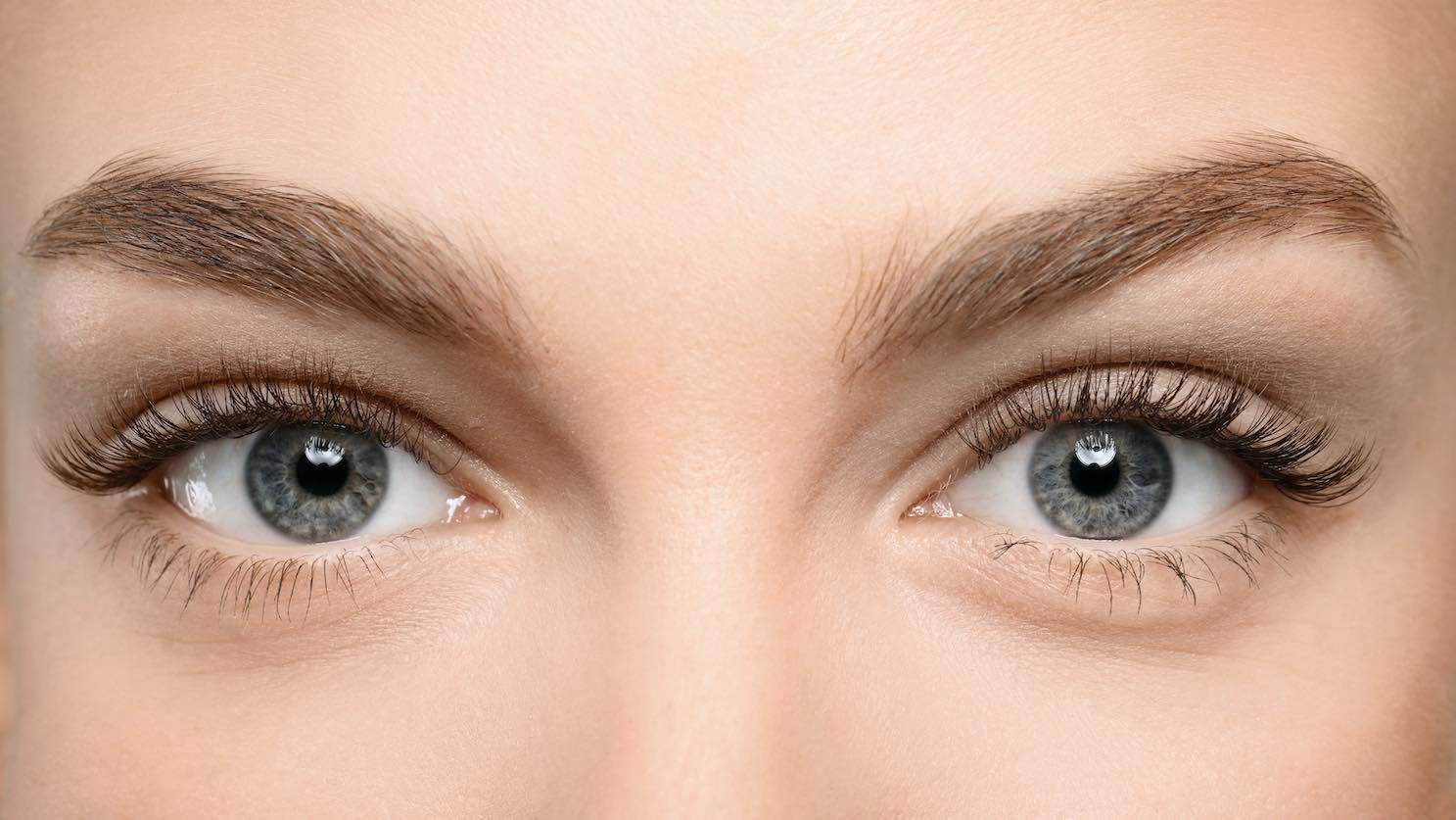Costhetics salutes eyes for being one of the hardest working features on your face.
Eyes widen to communicate delight, narrow to express suspicion, and convey sadness with a flood of tears. All this emotional activity takes its toll, however. In the article Ageing Changes in the Face, Medline Plus reports that as we age:
- Eyelid fat slips down into the socket over time, making your eyes look sunken
- Lower eyelids lose their tone, causing bags to develop under your eyes
- Weak muscles can cause upper eyelids to droop and obscure vision
- Crow’s feet develop as skin wrinkles at the corners of eyes
Soon, your once expressive eyes only seem to say, “I’m tired,” “I’m worried,” and “I’m old”…even though you’re not. Fortunately, in 2020, aesthetic doctors have fixes that can rejuvenate your eyes and bring youth back to your face. Costhetics puts three top procedures under the microscope so you can get a better view.
Top 3 Reasons Eyes Lose Youthful Appeal
Costhetics is always in favour of understanding more about the “why” of facial ageing in order to better identify the “how” to fix any problems. When it comes to the eyes, a number of factors make them especially vulnerable to the ravages of time:
- Eye skin is thin – Facial skin in the eye area is naturally thin and extremely delicate. That makes it especially prone to developing wrinkles and losing tone. Adding to the problem, eye skin continues to become thinner as we age.
- Eye tissue loses strength – Ageing robs the eye area of fat and muscle tissue that supports skin. Without those underpinnings, eye skin collapses.
- Eye skin can’t cover hollows – As the skin around your eyes deflates, the skin literally falls into the hollow space under the eye socket.
It’s clear to see ageing eyes have problems from top to bottom, but there are solutions, both surgical and non-surgical.
#1 Eye Rejuvenating Procedure: Upper Eyelift
HealthDirect’s definition of blepharoplasty is “an operation to remove excess skin and fat from your eyelids and to tighten your skin and soft tissues around your eyes.” In upper eye blepharoplasty, the goal is to remove excess tissue that protrudes over the eye crease, giving peepers a decidedly hooded appearance. At the same time, surplus fat, slack skin and muscle may also be addressed by a surgeon. The technique your surgeon chooses will depend on your goals and your facial structure. For some patients, removing equal amounts of muscle and fat is needed. For others, it may be more valuable to retain central lid fat to enhance volume in the upper lid.
An upper eyelift does not address facial ageing complaints such as crow’s feet, skin quality, or dark under-eye circles. Those issues are better addressed with minimally invasive treatments including anti-wrinkle injections, laser resurfacing and topical skincare products.
#2 Eye Rejuvenation Procedure: Upper Eyelift
Lower eye blepharoplasty is a less complex surgery than an upper eyelift, but no less transformative. It’s an effective way to:
- Reduce loose, crepe-y skin
- Tighten sagging muscles
- Remove fat bags (distended fat) in the eye trough
As with upper eyelid lifts, there are a variety of surgical techniques a doctor might choose among based on a patient’s goals and anatomy. Generally, an incision is made in the lower lid near the lash line. Excess fat and skin are removed to create a smooth, lifted appearance.
#3 Eye Rejuvenation Technique: A Combination Approach
For many patients, add-ons to an eyelift can result in even more facial rejuvenation. Upper and lower blepharoplasty can be done at the same time, with most surgeons working on the upper lid first and then the lower. Additionally, at the same time the eyes are lifted, doctors can also perform
- Brow lift
- Facelift
- Skin resurfacing
Another thing you can do to take eye rejuvenation to the next level is to colour grey eyebrows. The secret is to “stay 1 or 2 shades lighter than your hair colour, says Elle Magazine. “Too matchy-matchy looks a bit weird and anything super dark can look slightly scary.”
Complications Associated with Blepharoplasty
Eye lifts are performed with local or general anaesthesia, both of which carry some risks as do all surgeries. Some of the complications specific to eyelid surgery are:
- Corneal abrasion
- Dry eyes
- Double vision
- Functional problems (eye does not close fully)
- Too much skin removed
The surgery can also result in aesthetic problems such as eyelid skin that folds in or out abnormally. Costhetics never tires of reminding you, Dear Reader, that the best way to minimise risk to your health and beauty is to have your surgery performed by a fully qualified surgeon.
Wait! Before You Get that Upper Eye Lift…
As a general rule, procrastination is not something Costhetics endorses. When it comes to an upper blepharoplasty, however, delaying your surgery may not be such a bad idea. Typically, the results of upper eyelid surgery last between five and seven years. You could have a second surgery, but experts don’t recommend it. Scar tissue from your first procedure can complicate the second procedure
Instead of a second surgery, doctors recommend patients consider a forehead lift rather than another blepharoplasty to address eye droop problems. Another way to fend off the need for eyelid surgery is with dermal fillers and wrinkle relaxers. The results aren’t permanent, but they can help you keep your eyes look toned and awake until an eyelift is indicated.
Imagine procedures that can make your eyes look younger and improve your vision. Imagine looking in the mirror and seeing a pair of bright, alert, youthful-looking eyes staring back at you. Now stop imagining and get in touch with your doctor.
